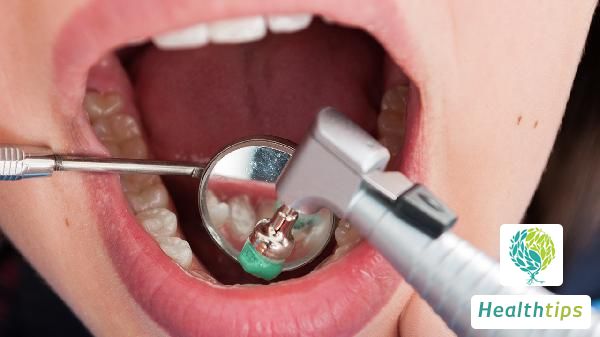"Are You Aware of the Top 10 Warning Signs of Hepatitis B? Key Considerations for Your Hepatitis B Testing"
Ten Symptoms of Hepatitis B to Be Aware Of
1. Digestive Symptoms: Including loss of appetite, aversion to fatty foods, nausea, vomiting, abdominal distension, loose stools, or constipation.

2. Jaundice: A prominent feature of acute jaundice hepatitis. It first appears in the sclera and then spreads to the skin, generally subsiding gradually over 2-3 weeks.
3. Fatigue: The most common symptom of hepatitis B. Mild cases result in decreased work efficiency and laziness, while severe cases cause generalized fatigue and heavy legs.
4. Hepatic Region Pain: A common symptom of hepatitis B, characterized by persistent swelling pain in the right upper abdomen or right costal margin. The pain intensifies after activity or prolonged sitting but eases with rest. Lying on the right side aggravates the pain, while lying on the left side alleviates it. Some patients may experience stabbing or pulling pains.
5. Hepatomegaly: Present in approximately 60-95% of cases, usually not prominent. During the acute phase, the liver enlargement is mild and soft. As the disease progresses, the liver gradually enlarges and hardens.
6. Dark Skin: Spider nevi and palmar erythema may be visible, commonly seen in chronic hepatitis and liver cirrhosis.
7. Ascites: Observed in severe hepatitis and some cases of chronic active hepatitis, presenting varying degrees of ascites. Mild cases are easily overlooked but can be diagnosed through ultrasonography. Severe cases resemble a frog's belly.
8. Splenomegaly: Present in 20-30% of hepatitis B patients. Acute hepatitis typically causes only mild enlargement with a soft texture, while chronic hepatitis causes more significant enlargement with a harder texture.
9. Bleeding: Widespread in acute severe hepatitis and subacute severe hepatitis, manifesting as nosebleeds, gum bleeding, petechiae, hematochezia, etc.
10. Coma: Hepatic encephalopathy, a manifestation of liver failure, is an extremely severe symptom in liver diseases. It mainly occurs in severe hepatitis and liver cirrhosis.
Understanding Hepatitis B Tests
1. Blood Sampling for Liver Function Tests: This test reveals whether your liver function is impaired, specifically checking for elevated levels of transaminases, bilirubin, and globulin, as well as decreased albumin.
2. B-mode Ultrasonography: This examination assesses whether the liver is gradually shrinking and whether the spleen is enlarging. Dynamic observation is crucial for meaningful results, comparing successive B-ultrasound results of the liver, gallbladder, and spleen to identify issues.
3. "Hepatitis B Two Pairs and a Half": Also known as the hepatitis B five-item test, comprising surface antigen and surface antibody. The second pair is E antigen and E antibody. The "half" refers to the core antibody. This test reflects the infection status of hepatitis B virus in the body. To fully understand the infection, HBV-DNA testing should be combined to better reflect viral replication.
4. HBV-DNA Testing: A novel method for detecting hepatitis B. Its clinical significance lies in understanding the viral load, viral replication, infectivity, the need for medication, the viral cause of abnormal liver function, and guiding antiviral treatment and evaluating its efficacy.
5. Alpha-Fetoprotein (AFP): A marker for liver cancer. AFP levels can significantly increase before B-ultrasound, CT, or MRI detect liver masses, enabling ultra-early detection of primary liver cancer. This is a widely recognized and mature technique in the medical community for ultra-early diagnosis of primary liver cancer.



















